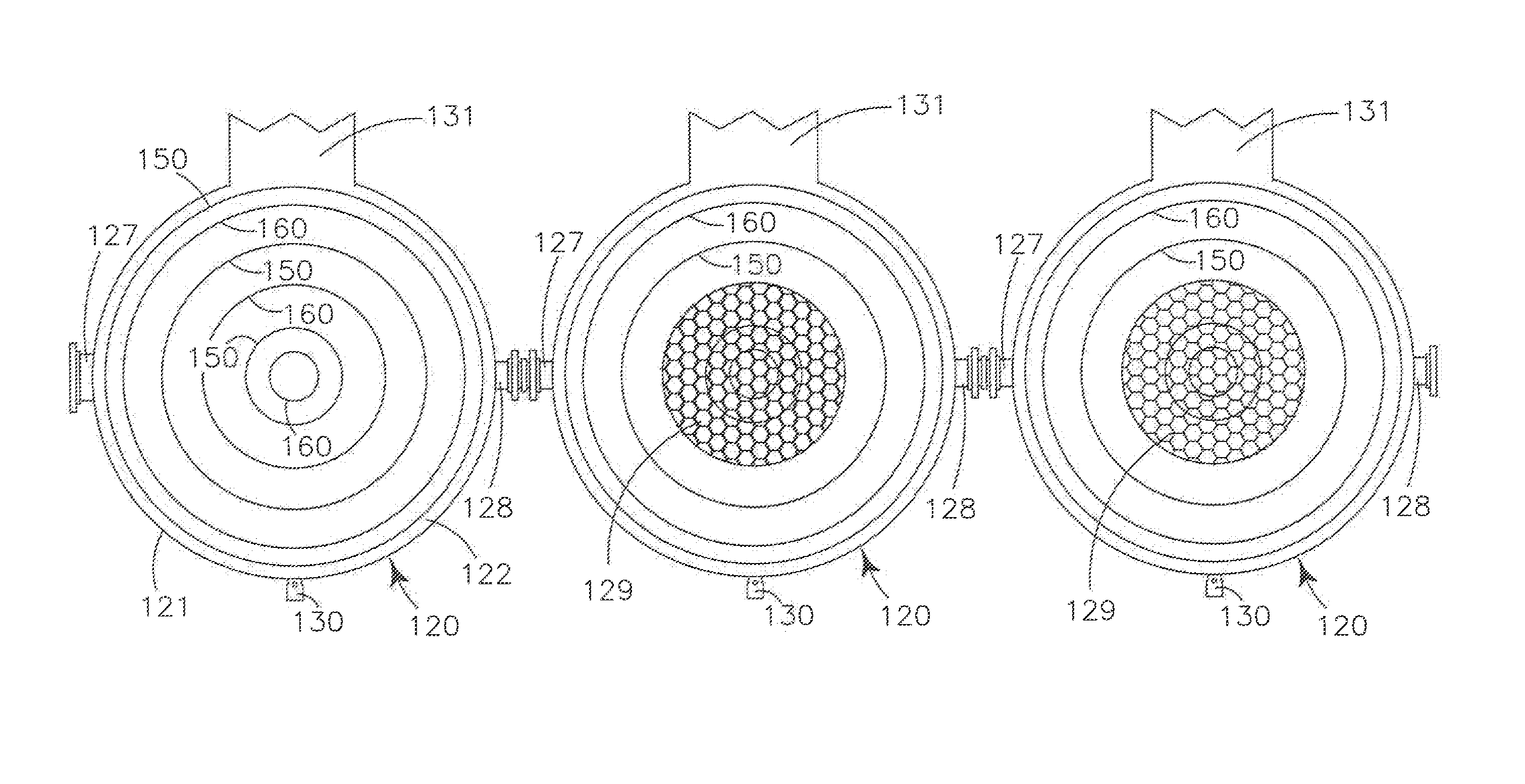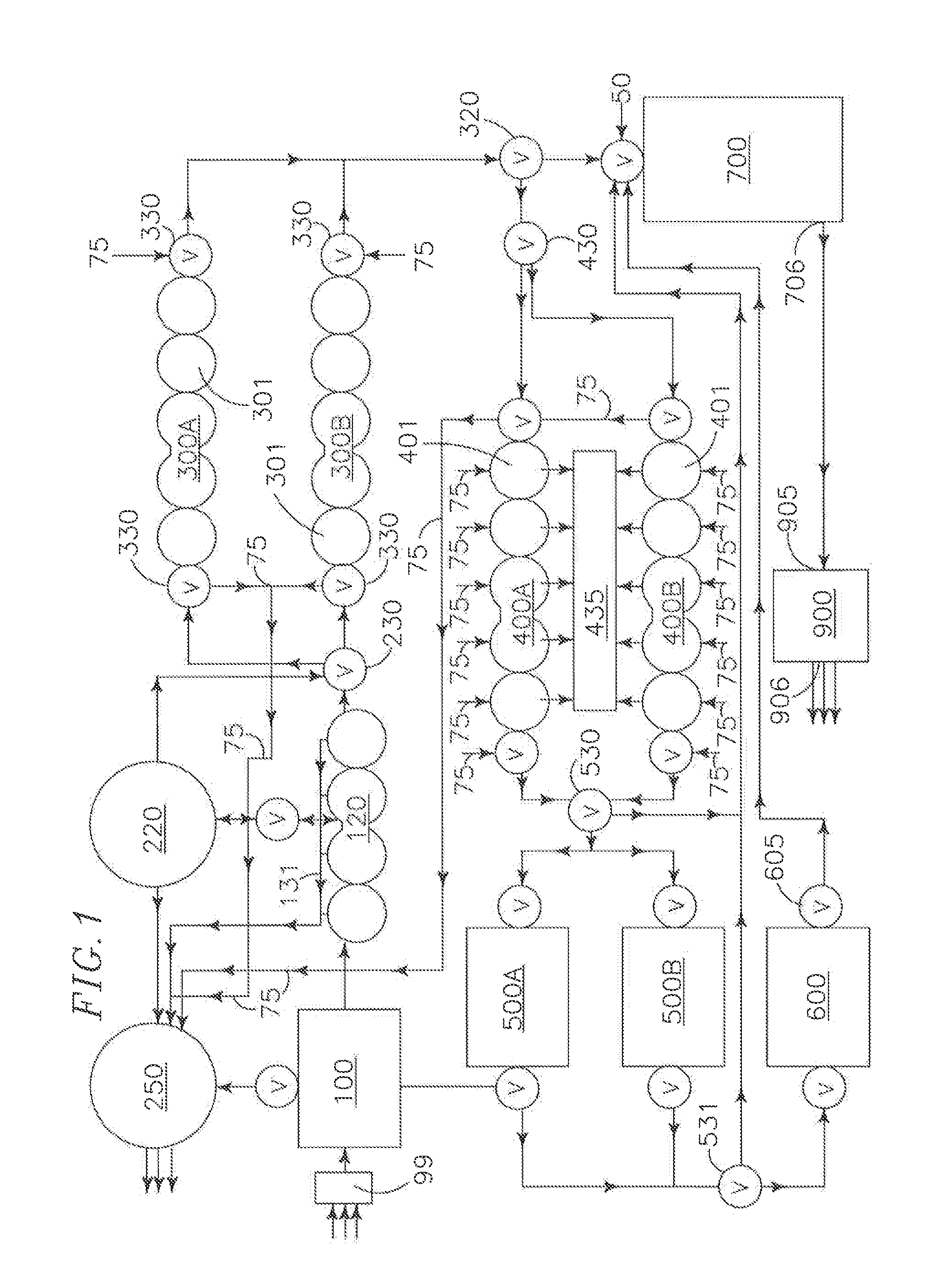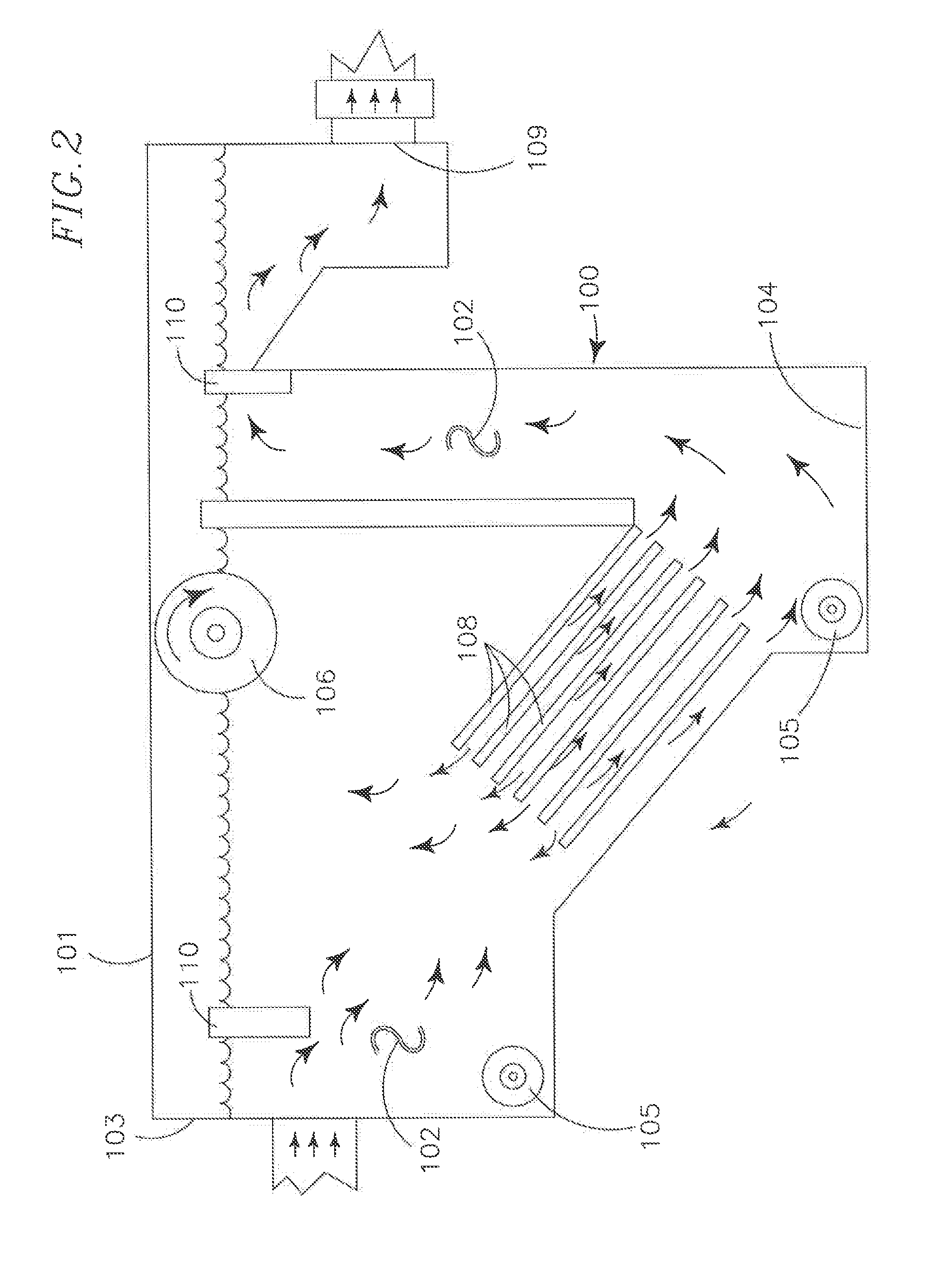System for separating contaminents from fluids
a technology of fluid separation and contaminent, applied in the field of filtration systems, can solve the problems of complex system, complex, robust and expensive, and extend the crack even further, and achieve the effect of improving the separation of contaminants
- Summary
- Abstract
- Description
- Claims
- Application Information
AI Technical Summary
Benefits of technology
Problems solved by technology
Method used
Image
Examples
Embodiment Construction
Introduction Notes
[0094]The readers of this document should understand that dictionaries were used in the preparation of this document. Widely known and used in the preparation hereof are The American Heritage Dictionary, (4th Edition © 2000), Webster's New International Dictionary, Unabridged, (Second Edition © 1957), Webster's Third New International Dictionary, (© 1993), The Oxford English Dictionary (Second Edition © 1989), and The New Century Dictionary, (© 2001-2005), all of which are hereby incorporated by this reference for interpretation of terms used herein, and for application and use of words defined in such references to more adequately or aptly describe various features, aspects and concepts shown or otherwise described herein using words having meanings applicable to such features, aspects and concepts.
[0095]This document is premised upon using one or more terms with one embodiment that may also apply to other embodiments for similar structures, functions, features an...
PUM
 Login to View More
Login to View More Abstract
Description
Claims
Application Information
 Login to View More
Login to View More - R&D
- Intellectual Property
- Life Sciences
- Materials
- Tech Scout
- Unparalleled Data Quality
- Higher Quality Content
- 60% Fewer Hallucinations
Browse by: Latest US Patents, China's latest patents, Technical Efficacy Thesaurus, Application Domain, Technology Topic, Popular Technical Reports.
© 2025 PatSnap. All rights reserved.Legal|Privacy policy|Modern Slavery Act Transparency Statement|Sitemap|About US| Contact US: help@patsnap.com



